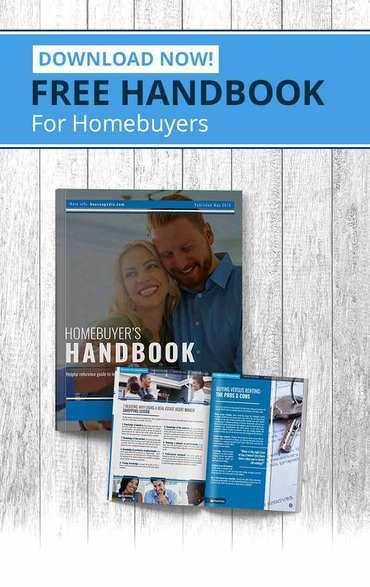If you’re a bird lover, it takes just a few steps to turn your backyard into a haven filled with brilliant colors and cheerful songs. Here’s how to attract birds to your backyard....
Birds want the basics
Much like humans, birds want food, water, shelter and a place to nest. The more of those you provide, the more varieties of birds you’ll find visiting your yard. To attract birds, do the following....
Food
- Put out several feeders of different types throughout your yard and keep them full. Use a variety of foods, including typical bird seed, mixtures designed to attract specific birds, and fatty food such as suet, bits of fruit, and nectar in an appropriate feeder. Place the feeders at different heights.
- Fill your yard with native trees, shrubs, grasses, perennials and annuals to attract birds. These plants, which can be food sources, are what local wildlife prefer. Even if birds don’t directly dine on them, native plants provide food for insects that birds like. The dense growth of native plants can also provide shelter and a place for nesting.
- Insects are a primary food source for many birds, so avoid using pesticides in your yard. Also, avoid chemical fertilizers and herbicides.
- Reduce the amount of lawn in your yard. Replacing turf with native plants increases the number of food sources.
Water
- All birds need water year-round for drinking and bathing, so add birdbaths to your yard. You can buy birdbaths or make your own with plant saucers or shallow ceramic bowls. Just ensure the bath water is less than three inches deep so that small birds can take advantage of it. Clean the baths regularly in summer, changing the water every two to three days. In winter, use a special heater to keep the water warm.
- Birds like moving water, so fountains or birdbaths with a dripper will attract more of them.
- Place birdbaths where cats and other predators can’t reach them. The same goes for feeders.
Shelter
- Birds avoid yards that don’t offer shelter, so fill empty spots in your yard with trees, dense shrubs and other plantings that provide it. Be sure to include evergreens for winter shelter.
- Start a brush pile in a corner of your yard, using a discarded Christmas tree or fallen branches and limbs.
- Roosting boxes, which are similar to birdhouses but aren’t for nesting, provide a place for birds to stay warm and dry.
Birds Nesting Places
- Provide birdhouses for nesting.
- Fill an old feeder or a suet cage with nesting materials. Birds can use cut grass, dried leaves and weeds, lint, hair, string and even pet fur to build nests.
Related – Birdhouses Attract Beautiful Birds...

